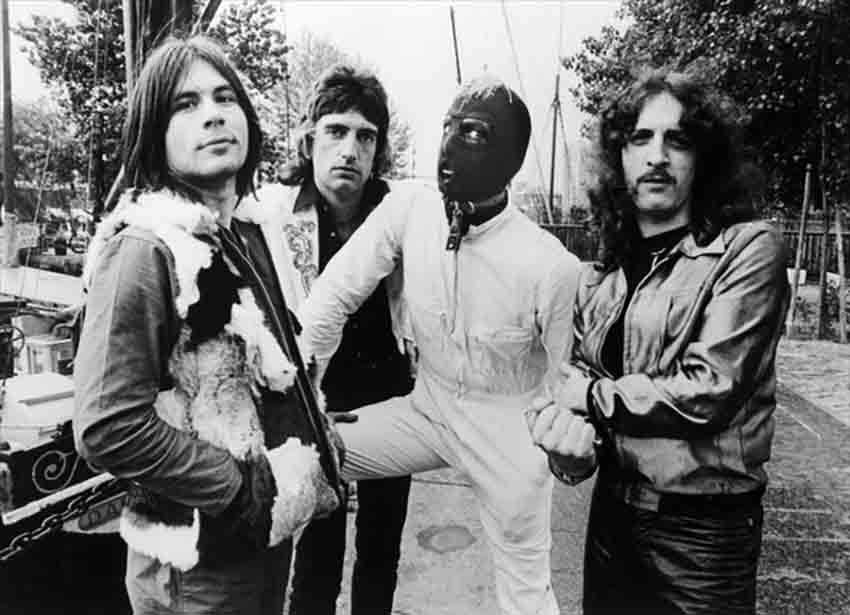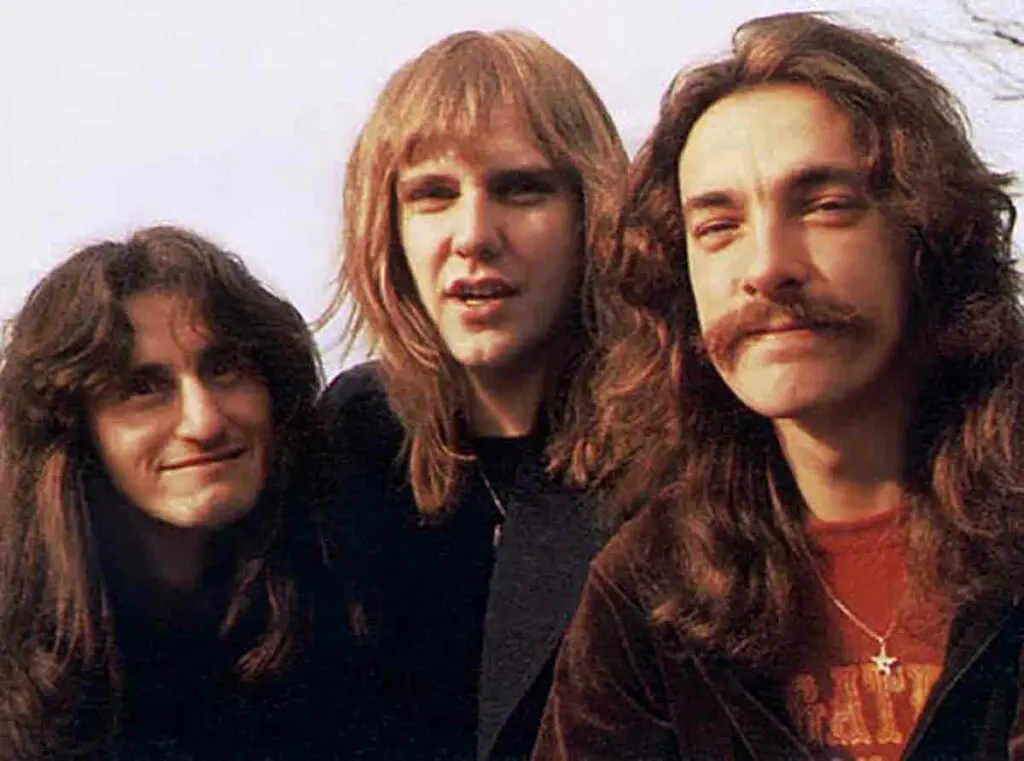British guitarist and vocalist Paul Samson took the pseudonym Samson and decided to conquer the world of heavy metal. At first there were three of them. In addition to Paul, there were also bassist John McCoy and drummer Roger Hunt. They renamed their project several times: Scrapyard (“Dump”), McCoy (“McCoy”), “Paul's Empire”. Soon John left for another group. And Paul and Roger named the rock band Samson and started looking for a bass player.

They chose Chris Aylmer, who was their sound engineer. Unfortunately, things did not improve, and a disappointed Hunt took up a more successful project. And his place in the group was taken by Chris's colleague from the previous Maya team - Clive Barr.
A long way to the glory of the Samson group
Finally, the guys who wrote several of their own compositions were noticed. Former mate John McCoy agreed to produce their first single, Telephone. The Samson team began performing with another budding group, Gillan. A year later, in 1979, the second composition Mr. rock'n'roll.
The style created by the young performers has been called "the new wave of British heavy metal". And although the musicians were noticed, and their compositions even hit the charts, the group soon broke up due to a banal reason - lack of funds.
But Paul did not calm down. As soon as the opportunity arose, he again gathered the team. This time, changing the drummer to Barry Perkis, acting under the pseudonym Thunderstick. And Clive, after the Samson team, began to change groups like gloves, not staying anywhere for a long time.
Rockers became more popular every day and began to think about creating an album. Lightning Records, which released the first two singles of the Samson group, was not suitable for this role, as it was very small.
And this time, old friend John McCoy came to the rescue. He became a producer, bringing along keyboardist Kopin Townes. At the same time, a UK tour took place, where the band performed with Angel Witch and Iron Maiden. Moreover, on absolutely equal terms - everyone finished the concert in turn.
First album and subsequent
After receiving an offer from Laser Records to record an album, a fourth member, Bruce Dickinson, joined the band. His vocals successfully complemented and expanded the range of the Samson group. For the debut album, the Survivors decided to leave the previous recordings unchanged, although the cover already had the name of the new vocalist.
But when in 1990 they decided to re-release the collection on Repertoire Records, then Dickinson's voice sounded there. Another joint tour with the group Gillan led to the release of the second disc. Two studios fought for the right to record at once - EMI and Gems, but the second company won.

Head On was well received and opened up new opportunities for the rockers to finance and work, as they now entered the ranks of RCA artists. And in 1981, the third album, Shock Tactics, was released. Unexpectedly for everyone, his sales were not very successful, as in the first two cases. And competitors - Iron Maiden and Def Leppard - managed to surpass Paul's group.
The beginning of the end of the Samson group
Then another trouble arose - drummer Bari decided to leave, creating his own project. He released a single album, and then was forced to retrain as a manager.
Meanwhile, the Samson group continued to go with the flow. The guys were again invited to perform at the legendary Reading Festival. The conditions were even better than last year.
Having enticed drummer Mel Gaynor from a little-known band, the musicians began to actively prepare for the performance. And "teared" the audience. The band's performance was then played on the radio and in a TV show dedicated to rock culture. Even after 10 years, a fragment of the concert formed the basis of the Live At Reading '81 album.
Sunset of the star project
But no matter how the leader of the group “boasted”, it was clear to everyone that the best years of the Samson team were left behind. So Dickinson moved to Iron Maiden, seeing more room for creativity there. Samson was at a loss for some time, but soon he met Nicky Moore.
With the vocal data, the guy was more or less normal. But outwardly, he looked very frail compared to the previous vocalist. Although there was no one else to choose, Moore got the job in 1982.
But then a new blow followed - the departure of drummer Gaynor, who did not really like rock. His place was taken by Pete Jupp. With this line-up, the group released two more albums and organized very successful tours. The composition of the musicians was constantly undergoing changes, and Paul soon had to become a vocalist again.

In the early 1990s, Samson teamed up with Thunderstick and Chris Aylmer, recording 8 tracks in America. Then five demos were rewritten in London. There just wasn't enough money for the rest of the songs. But even these versions were only released 9 years later on CD before a tour in Japan.
In 2000, Nicky Moore returned to the group, and a series of concerts took place in London. The performance, which took place at the Astoria, was released as a live album.
In 2002, Paul Samson, who was just working on a new album, died, and the Samson group broke up. In memory of the former friendship, two years after his death (from cancer), a concert "Nicky Moore plays Samson" was held.
Bassist Chris Aylmer died in 2007 from throat cancer. And drummer Clive Barr suffered from multiple sclerosis for a long time and died in 2013.



